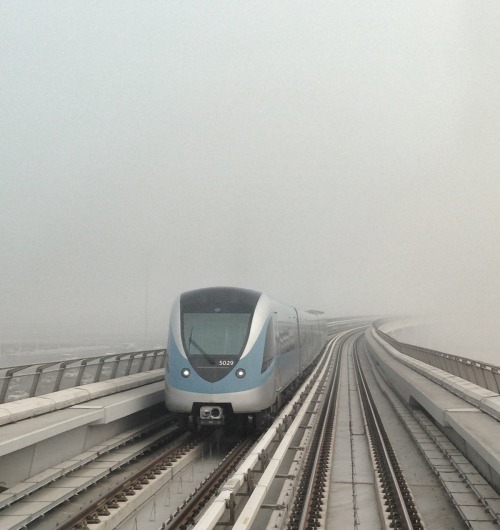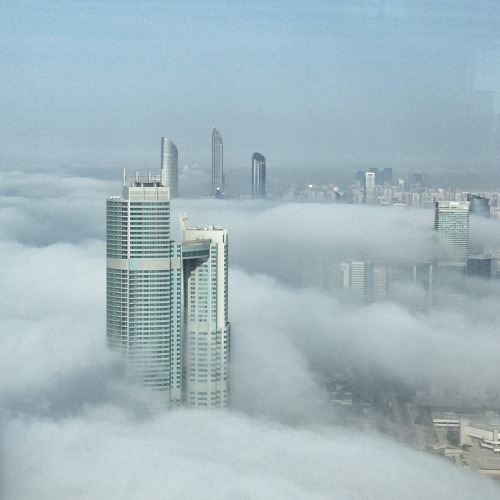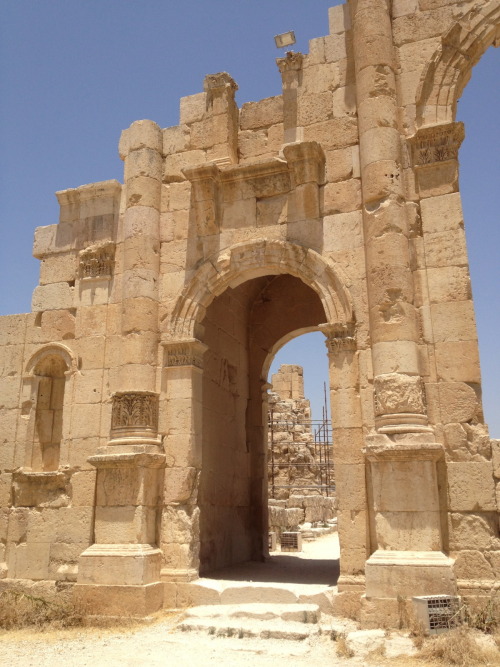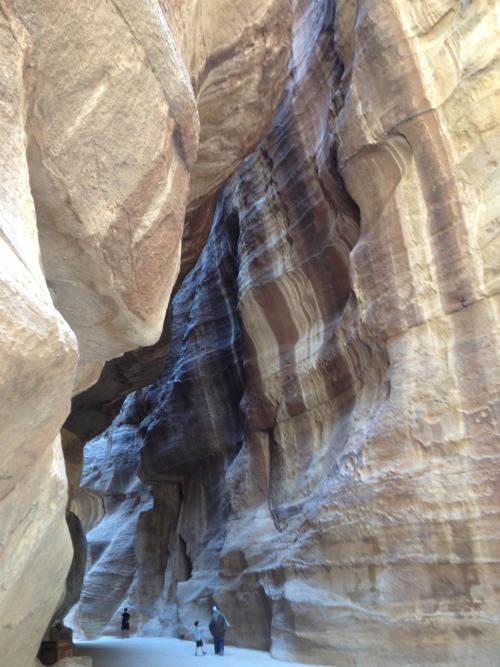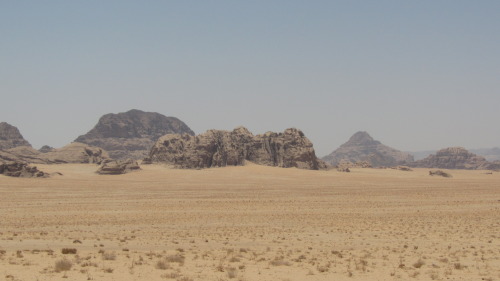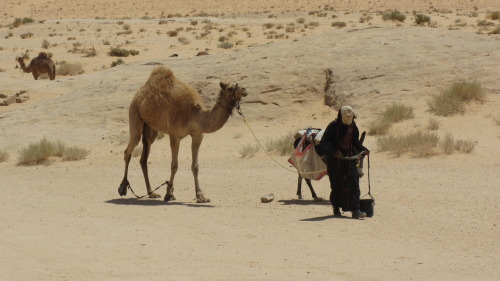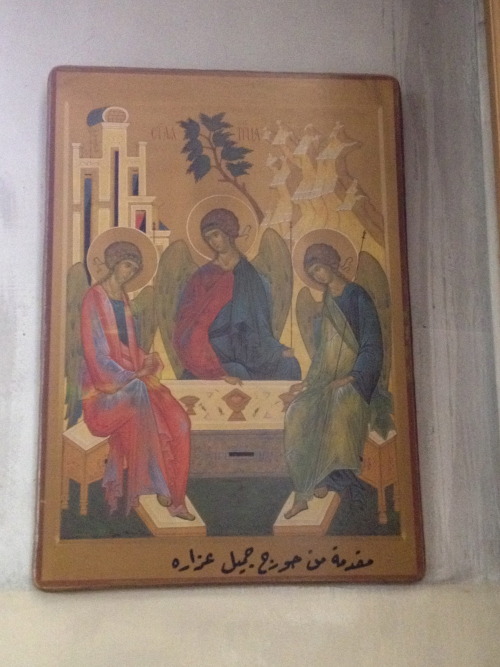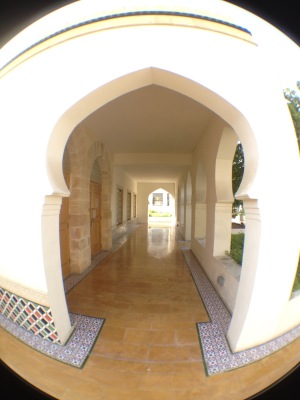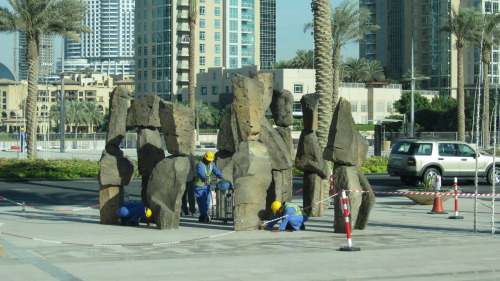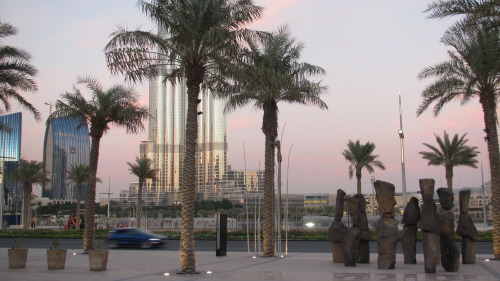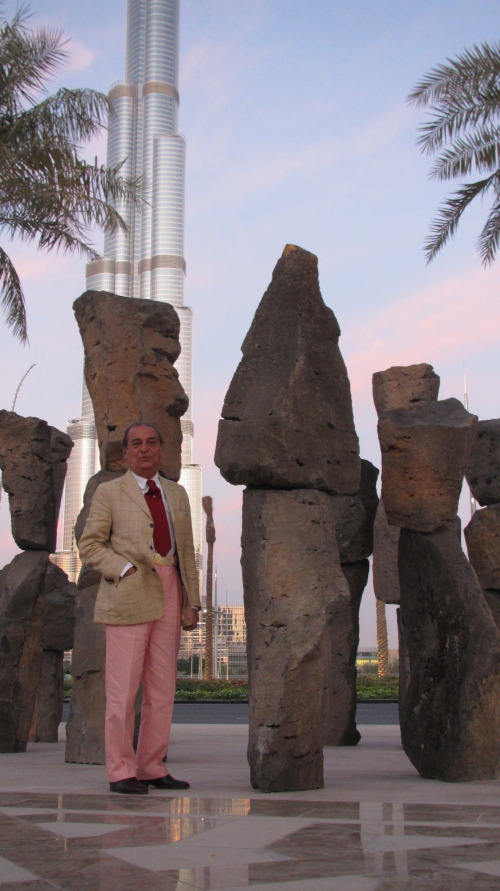Fog, Mindfulness and Unknowing
 Thursday, January 31, 2013 at 2:55PM
Thursday, January 31, 2013 at 2:55PM
January has seen the UAE and many other parts of the world covered in blankets of fog at various intervals. It has affected travel, has had much written about it in the news and has been photographed by many from ground level and up high; all as if it has wanted to gain our attention.
As I was travelling on the metro and looking out at the fog, I recalled a work written by an anonymous mystic in the 14th century, entitled “The Cloud of Unknowing”. The fog certainly depicted an unknowingness and got me thinking about “unknowing”.
When moving within the confines of the fog, the knowledge of where something is has to be suspended for the experience of being acutely conscious of the surroundings one finds oneself in. What is behind one and in front of one is hardly visible. Experiencing the immediate is of paramount importance before one can move forward.
The mind too is so often filled with thoughts of the past and concerns for the future, that the present moment is missed. The fog is a reminder that the present moment is all there is, and as such should be welcomed with non-judgmental awareness. The fog is a reminder to be mindful.
The awareness of the present moment as experienced when being mindful I see as “unknowing”. Becoming aware of that which is incoming through all the senses, experiencing bodily sensations, noticing what one is feeling and thinking, is not a knowing with the mind but an experience of the heart.
In a blog post entitled “In the Fog, Mindfully”, Marguerite Manteau-Rao, @MindDeep, reports on the use of mindfulness meditation, as developed by Jon Kabat-Zinn, with people suffering from Alzheimer’s Disease. One gentleman reports on how it has helped him by saying that,
“Within the daily fog, I can once again find my way, comfortably myself...”
It is easy to confuse objects for something else when moving around in the fog. So too in life, we often mistake our thoughts and opinions for reality. Not taking the time to pause and notice what is actually happening leads to the repeating of old patterns of behaviour. Reacting becomes the order of the day instead of responding to the current situation at hand.
Mindfulness as an “unknowing” is not an attempt to get rid of thoughts. Instead it is a stepping back from them to watch them from an inward spaciousness. At times, with practice, the mind quiets down.
Adjusting one’s way of looking in the fog enable us to see exactly what we need to see at the right moment. Mindfulness or “unknowing” allows us to discover countless opportunities for compassion and kindness not visible to us before.
The fog has something more to share with us. Moving within the fog, (see more pics), it often suddenly parts and we are given glimpses of what is beyond it.
There is also something beyond the fog of the chattering mind.
Jan Birchfield in a recent excellent article in the Huffington post called “Innovation and the Quiet Mind” writes that
“when we quiet the mind through contemplative practices such as meditation, we eventually discover that awareness or consciousness exists beyond it.”
Mindfulness is gaining in popularity as more and more people are realizing that experiencing something fully is far more valuable than mere knowledge about it. We need more and more to “unknow” what before we were convinced was exactly so.
In a world filled with unique problems of the times, knowledge alone will be insufficient when attempting to solve these problems. Innovative ways of being are called for. Where will they be found?
“True innovation, along with any act of creativity, draws from this infinite field of intelligent awareness that exists beyond the mind. This is sometimes called pure awareness.” Jan Birchfield.
In this field of pure awarenes lies realization, innovation and creativity.
The fog is lifting.
